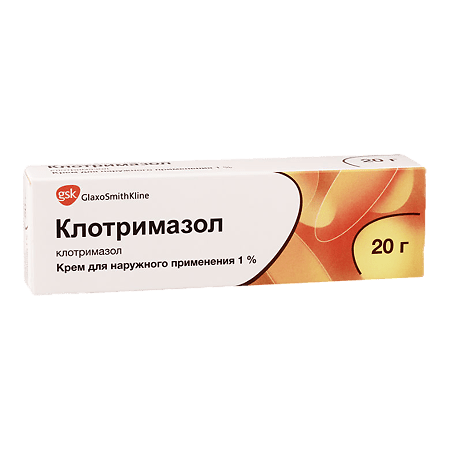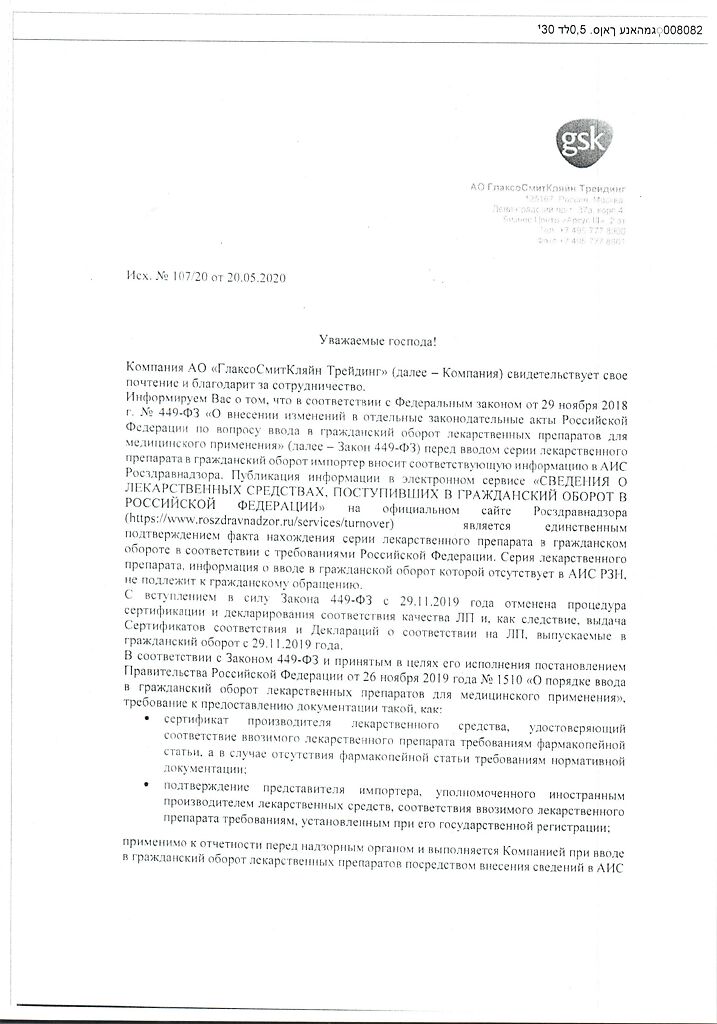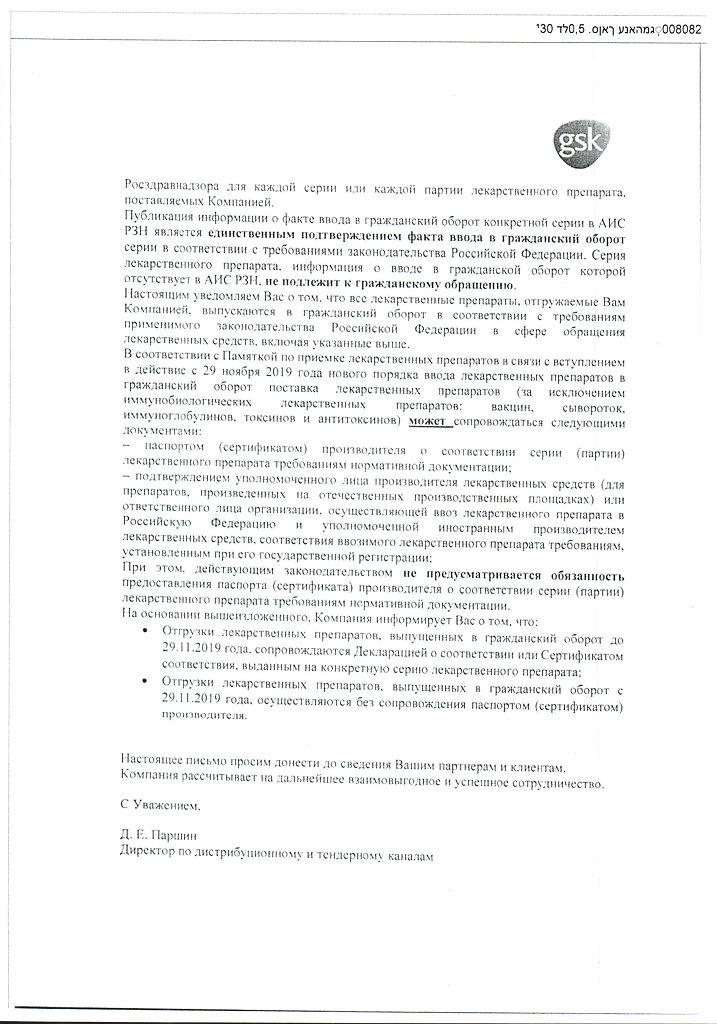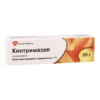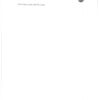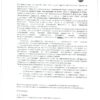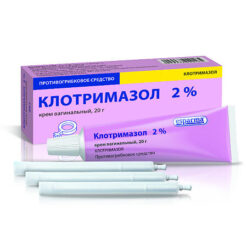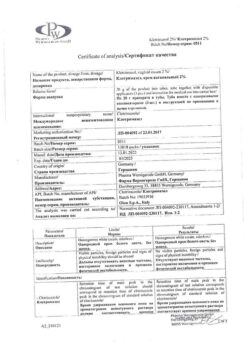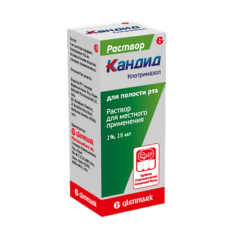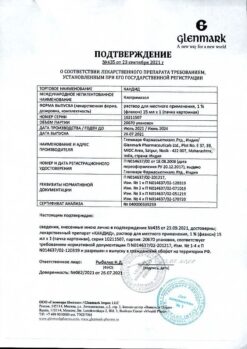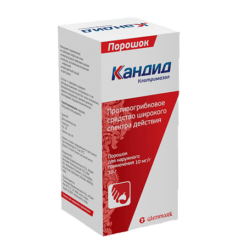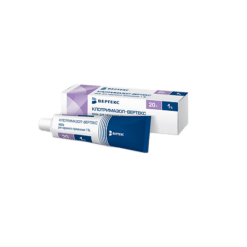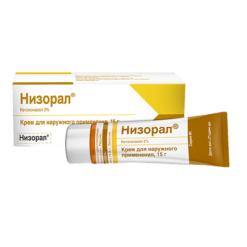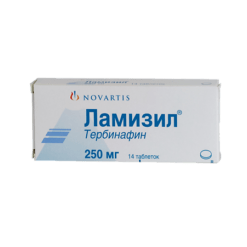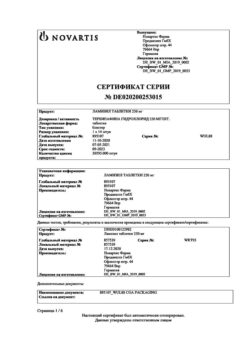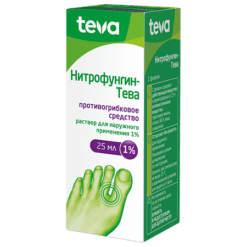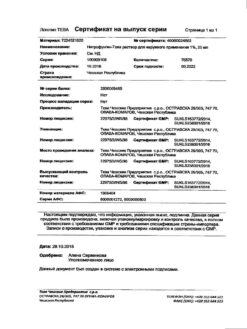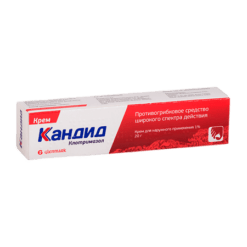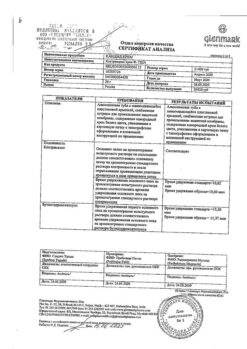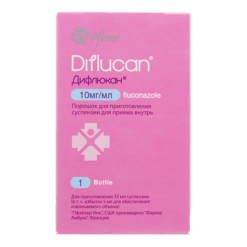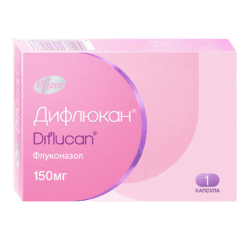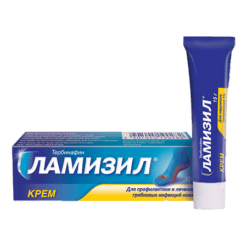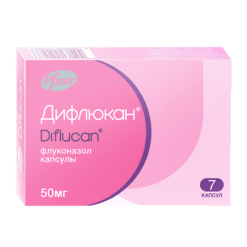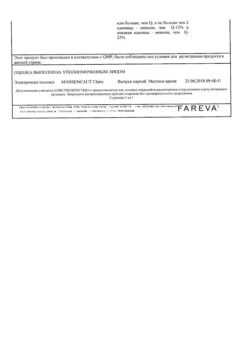No products in the cart.
Clotrimazole, cream 1% 20 g
€8.44 €7.38
Description
Clotrimazole is a broad-spectrum antifungal agent for local use. Antimycotic effect of the active substance (imidazole derivative) is associated with disruption of ergosterol synthesis, which is a part of the cell membrane of fungi, which changes membrane permeability and causes subsequent cell lysis.
In low concentrations it is fungistatic and in high concentrations it is fungicidal, and not only on proliferating cells. In fungicidal concentrations it interacts with mitochondrial and peroxidase enzymes, resulting in an increase in hydrogen peroxide concentration to toxic levels, which also contributes to the destruction of fungal cells.
It is effective against dermatophytes, yeast-like and mold fungi as well as against Pityriasis versicolor (Malazessia furfur) causative agent and erythrazma causative agent. It has antimicrobial action against Gram-positive (staphylococci, streptococci) and Gram-negative bacteria (Bacteroides, Gardiierella vaginalis) and against Trichomonas vaginalis.
Pharmacokinetics
Clotrimazole is poorly absorbed through the skin and mucous membranes and has almost no systemic action. The concentration in the deep layers of the epidermis is higher than the minimum inhibitory concentration for dermatophytes. When applied externally, the concentration of clotrimazole in the epidermis is higher than in the dermis and subcutaneous tissue.
Indications
Indications
fungal diseases of the skin, mycoses of skin folds, feet;
pityriasis versicolor, erythrasma, superficial kaididosis caused by dermatophytes, yeast (including the genus Candida), mold and other fungi and pathogens sensitive to clotrimazole;
mycoses complicated by secondary pyoderma.
Pharmacological effect
Pharmacological effect
Clotrimazole is a broad-spectrum antifungal agent for topical use. The antimycotic effect of the active substance (imidazole derivative) is associated with disruption of the synthesis of ergosterol, which is part of the cell membrane of fungi, which changes the permeability of the membrane and causes subsequent cell lysis.
In small concentrations it has a fungistatic effect, and in large concentrations it has a fungicidal effect, and not only on proliferating cells. At fungicidal concentrations, it interacts with mitochondrial and peroxidase enzymes, resulting in an increase in the concentration of hydrogen peroxide to a toxic level, which also contributes to the destruction of fungal cells.
Effective against dermatophytes, yeast-like and mold fungi, as well as the pathogen Pityriasis versicolor (Malazessia furfur) and the pathogen erythrasma. It has an antimicrobial effect against gram-positive (staphylococci, streptococci) and gram-negative bacteria (Bacteroides, Gardierella vaginalis), as well as against Trichomonas vaginalis.
Pharmacokinetics
Clotrimazole is poorly absorbed through the skin and mucous membranes and has virtually no systemic effect. The concentration in the deep layers of the epidermis is higher than the minimum inhibitory concentration for dermatophytes. When applied externally, the concentration of clotrimazole in the epidermis is higher than in the dermis and subcutaneous tissue.
Special instructions
Special instructions
It is not recommended to apply the drug to the skin in the eye area. In patients with liver failure, the functional state of the liver should be periodically monitored.
If signs of hypersensitivity or irritation appear, treatment is stopped.
If there is no effect within 4 weeks, the diagnosis should be confirmed.
Active ingredient
Active ingredient
Clotrimazole
Composition
Composition
100 g of cream contains:
active ingredient:
clotrimazole 1.0 g
excipients:
benzyl alcohol,
cetasteryl alcohol,
euthanol G (2-octylododecanol),
polysorbate 60,
span 60 (sorbitan stearate),
synthetic olbrot (synthetic spermaceti),
purified water
Description: Homogeneous mass of white color.
Pregnancy
Pregnancy
Should not be used in the first trimester of pregnancy (adequate and strictly controlled studies have not been conducted).
When used intravaginally in women in the second and third trimesters of pregnancy, no adverse effects on the fetus were detected, but the use of a vaginal applicator is undesirable.
Use caution during breastfeeding (it is unknown whether clotrimazole passes into breast milk).
Contraindications
Contraindications
Hypersensitivity to clotrimazole or excipients, first trimester of pregnancy.
With caution – lactation period.
Side Effects
Side Effects
Itching, burning, tingling in places where the cream was applied, the appearance of erythema, blisters, swelling, irritation and peeling of the skin.
Allergic reactions (itching, urticaria).
Interaction
Interaction
Amphotericin B, nystatin, natamycin reduce the effectiveness of clotrimazole when used simultaneously.
When using the cream, negative interactions with other products are not known and should not be expected, because The resorption capacity of clotrimazole is very low.
Overdose
Overdose
The use of the cream in high doses does not cause any reactions or life-threatening conditions.
Storage conditions
Storage conditions
At temperatures below 25°, out of the reach of children.
Shelf life
Shelf life
3 years.
Manufacturer
Manufacturer
GlaxoSmithKline Pharmaceuticals S.A., Poland
Additional information
| Shelf life | 3 years. |
|---|---|
| Conditions of storage | At a temperature below 25°, out of the reach of children. |
| Manufacturer | GlaxoSmithKline Pharmaceuticals S.A., Poland |
| Medication form | exterior cream |
| Brand | GlaxoSmithKline Pharmaceuticals S.A. |
Other forms…
Related products
Buy Clotrimazole, cream 1% 20 g with delivery to USA, UK, Europe and over 120 other countries.

